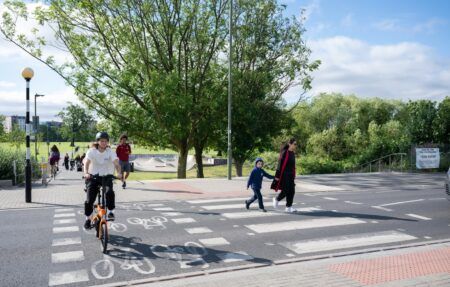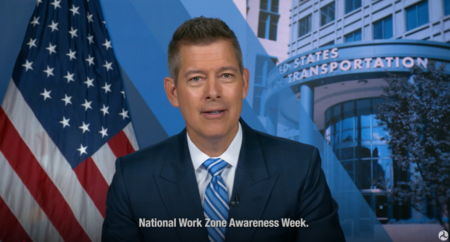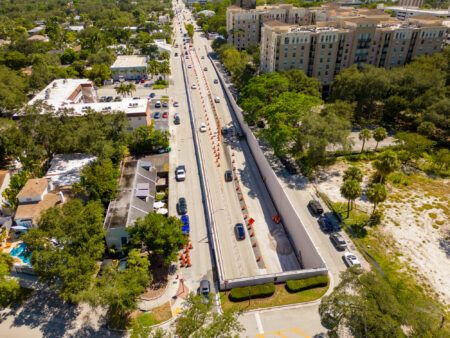A new report on vehicle and wildlife collisions along California’s highways combines roadkill data with preliminary crash data to identify hot spots that concern both public safety and conservation.
The 2016 report from the University of California, Davis’s Road Ecology Center pinpoints stretches of highway where wildlife-vehicle conflicts (WVC) are most common. It drew largely from the thousands of volunteer scientist observations submitted into the California Roadkill Observation System (CROS), which also maintains an interactive map of the last 90 days of roadkill incidents and species throughout the state.
Data from the California Highway Patrol (CHP) and California Department of Transportation (Caltrans) indicated there were about 700,000 crashes and other incidents on the state’s roads and highways between February 2015 and February 2016. Of those, about 6,000 involved conflict with wildlife. These could involve animals running across the road, collisions with wildlife, or accidents resulting from people swerving to avoid hitting wildlife. Preliminary analysis of this crash data points to certain highways being hot spots for WVC. A more detailed analysis of the crash data is expected this summer.
The CROS project includes past and current participation by over 1,000 volunteer-scientists. More than 50,000 WVC observations were contributed to the website by volunteers between August 2009 and the end of 2015. These were used in a geographic information system (GIS) to find stretches of highway where WVCs occur more frequently (high density) and places where there are statistically-significant clusters of WVC (hotspots). By identifying stretches of highway where WVC are more likely, the UC Davis Road Ecology Center is assisting Caltrans in developing mitigation to protect driver safety and wildlife populations.
Effective measures to reduce WVCs include building fencing and under-passes along priority highways to allow the safe passage of wildlife. San Francisco’s Bay Area has the most hot spots for wildlife carcasses and crashes in California. Interstate 280 is the report’s No. 1 crash spot and is also a hot spot for roadkill. Other persistent hot spots include US Highway 101 in Marin County, and US Highway 50 and the I-80 near Auburn are also areas where vehicles often hit animals, including mule deer, which can pose a significant risk to drivers.
“Because the carcass hot spots and crash hot spots are identifiable and somewhat predictable, we can go to certain places on the landscape and protect wildlife and drivers from collision,” said Fraser Shilling, co-director of the UC Davis Road Ecology Center and director of CROCS.
“We have the necessary information to help prevent these collisions from occurring. Wildlife living in and near national parks and other protected areas can also be threatened by vehicles. Many reptiles and endangered desert tortoises get hit in Death Valley along SR 190. Likewise, wildlife carcasses are often found on both SR 120 and SR 140 near Yosemite National Park. So our protected spaces aren’t so protected, whether it’s an open space in the Bay Area or in the national parks. Traffic is leading to the loss of wildlife of a lot of different stripes.”




